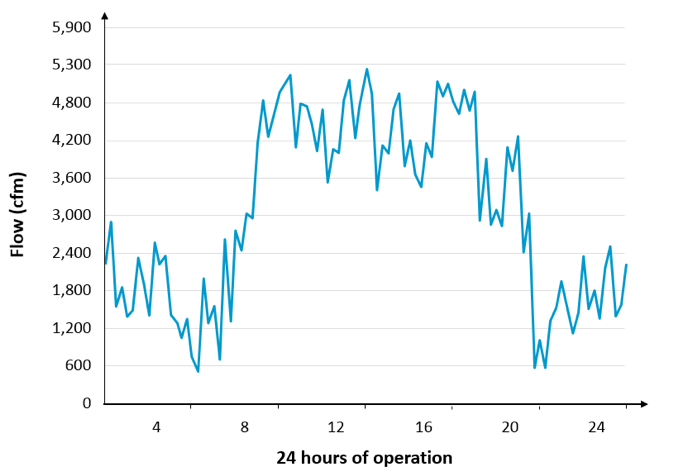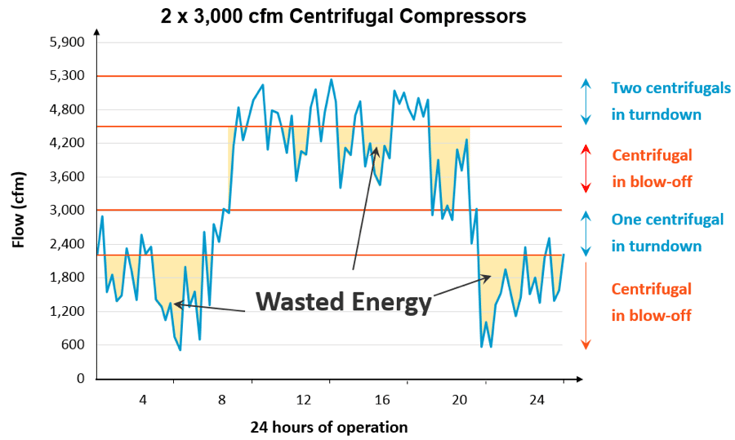- News and media
- About Atlas Copco
- Work with us
- Our complete offering
- Air compressor products, parts and service
- Air compressor industrial solutions
- Air dryers
- Air filters
- Air receivers and aftercoolers
- Gas compressors
- Gas generator
- Industrial condensate treatment solutions range
- Marine compressors
- Mobility compressors
- Oil-free air and nitrogen boosters
- Oil-free air blowers
- Process filters
- Process gas and air equipment
- Service and parts
- Used air compressors
- Vacuum pumps and abatement
- Industrial tools and solutions
- Air motors
- Assembly tools and solutions
- Articulated arms
- Controller floor stands & frames
- Customized solutions with Geared Front Attachment
- Electric assembly systems
- Electric assembly tools
- Error proofing solutions
- Fixtured assembly solutions
- Manual torque wrenches
- Mobile fixtured solutions
- Pneumatic assembly tools
- Quality assurance in tightening
- Torque reaction suspension & rail systems
- Workplace solutions & automation
- Workstation solutions
- Bolting solutions
- Drills
- Joining solutions
- Material removal tools
- Service
- 24/7 rental solutions
- Portable equipment
- Sustainable innovations virtual showroom
- Air compressor products, parts and service



Designing a Smart Compressor System for Automotive Manufacturing
Download our free
and comprehensive
compressed air
manual
The following is an excerpt from the article Designing a Smart Compressor System for Automotive Manufacturing by Deepak Vetal, product marketing manager with Atlas Copco Compressors. The full version can be read online or in the August issue of Industrial Equipment News.
Compressed air is used in various applications, but while air compressors are vital equipment for automotive manufacturing, they can hurt your energy bill. Therefore, it’s important to design the smartest compressed air system to save energy and make the system more reliable.
Nearly 80 percent of the air compressor’s lifecycle cost comes from energy consumption. Reducing that consumption as little as one percent can yield yearly savings of thousands of dollars. Energy savings don’t happen without effort. They require analysis, planning and strategy, but the end result is worth it. By examining their demand-flow pattern, auto manufacturers can create smart systems that save air and money.
Typical Demand-Flow Pattern
Here’s an example of the typical demand fluctuation in an auto manufacturer over a 24-hour period:

Now that we know what a typical demand flow looks like, let’s compare two options for compressed air systems to see how automakers can best increase energy efficiency and reliability.
Option 1: Two 3,000 cfm centrifugal compressors

What’s happening?
With varying demand throughout the day, a fair amount of energy is wasted due to limited turndown range and blow-off of compressed air.
Why is this happening?
The flow and pressure of centrifugal compressors is controlled by an inlet device (IGV or throttle valve and blow-off valve). When the IGV position reaches the surge control point, the blow-off valve will open and exhaust the extra compressed air to keep the compressor operation away from the surge zone.
The surge condition is an aerodynamic instability observed in dynamic compressors like centrifugal compressors. Due to the aerodynamic instability, the compression stage cannot increase the pressure head any further due to its design. This leads to stoppage of flow initially and then the reversal of flow.
A surge condition leads to unstable operation due to the inducement of high-level stress to the compressor’s rotating components. To avoid potential damage, the compressor needs to be kept out of such surge occurrence.
Keep Reading…
Don’t stop now. You can read the full article in Industrial Engineering News.






